Tadao Ando’s He Art Museum draws on local Chinese vernacular
The famed Japanese architect draws on traditional, local architecture in his latest cultural project, the He Art Museum (HEM), which prepares to open its doors in Shunde, Southern China
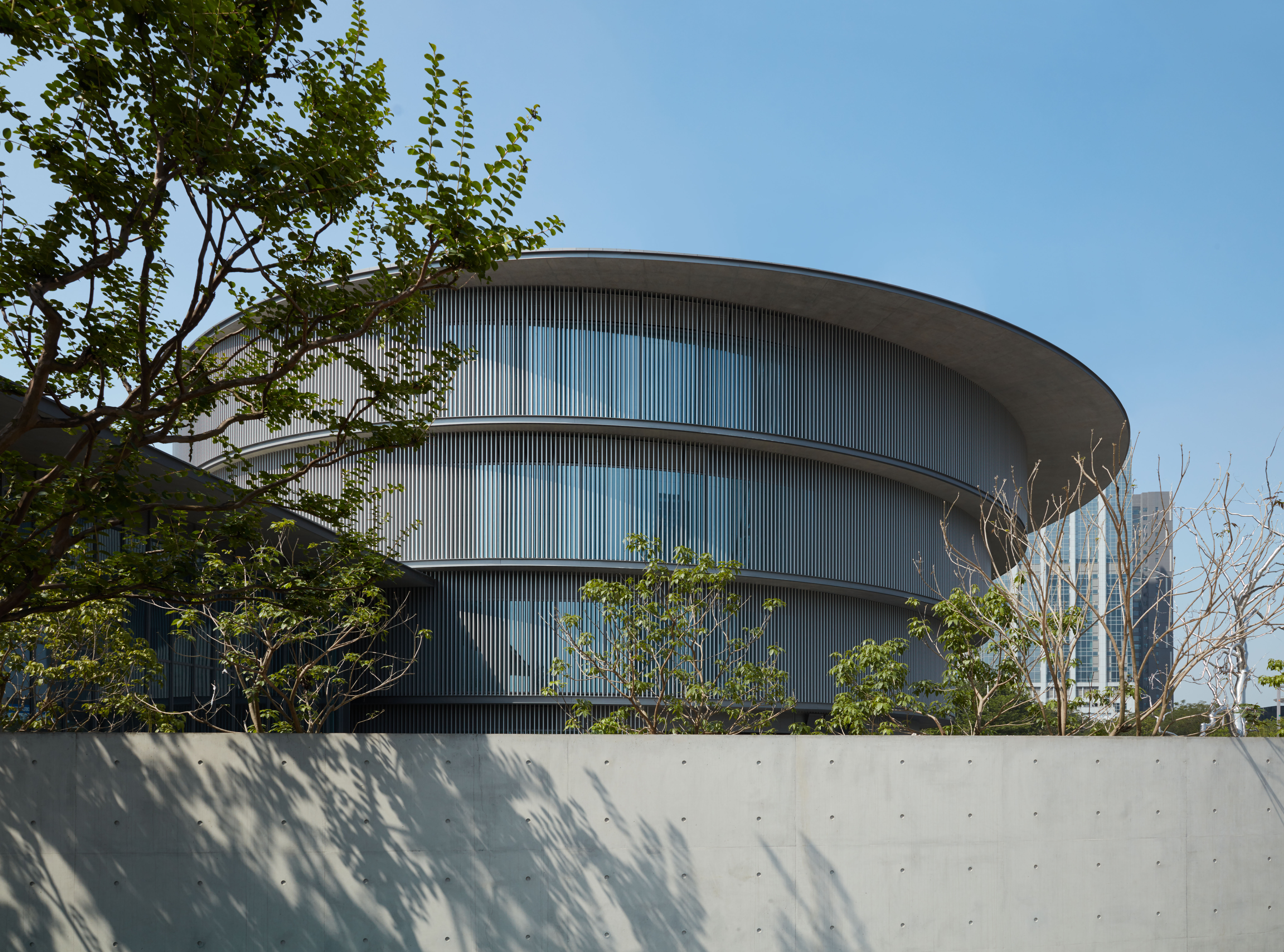
Southern China’s traditional distinctive round buildings reflect the ancient belief that the sky is round and divine and the earth is square. Now Pritzker prize-winning Japanese architect Tadao Ando has reinterpreted this vernacular and the region’s famed waterside architecture for the new contemporary He Art Museum (HEM) in Shunde.
The founder, He Jianfeng who owns industrial investment Infore Group, one of the region’s most successful businesses, hopes the museum’s striking architecture and Western works of art – by masters such as Pablo Picasso, Olafur Eliasson and Damien Hirst – together with a focus on southern China’s Lingnan culture, including a fine collection of Lingnan-style ink art and Cantonese opera, will spark serious interest in culture and the arts.
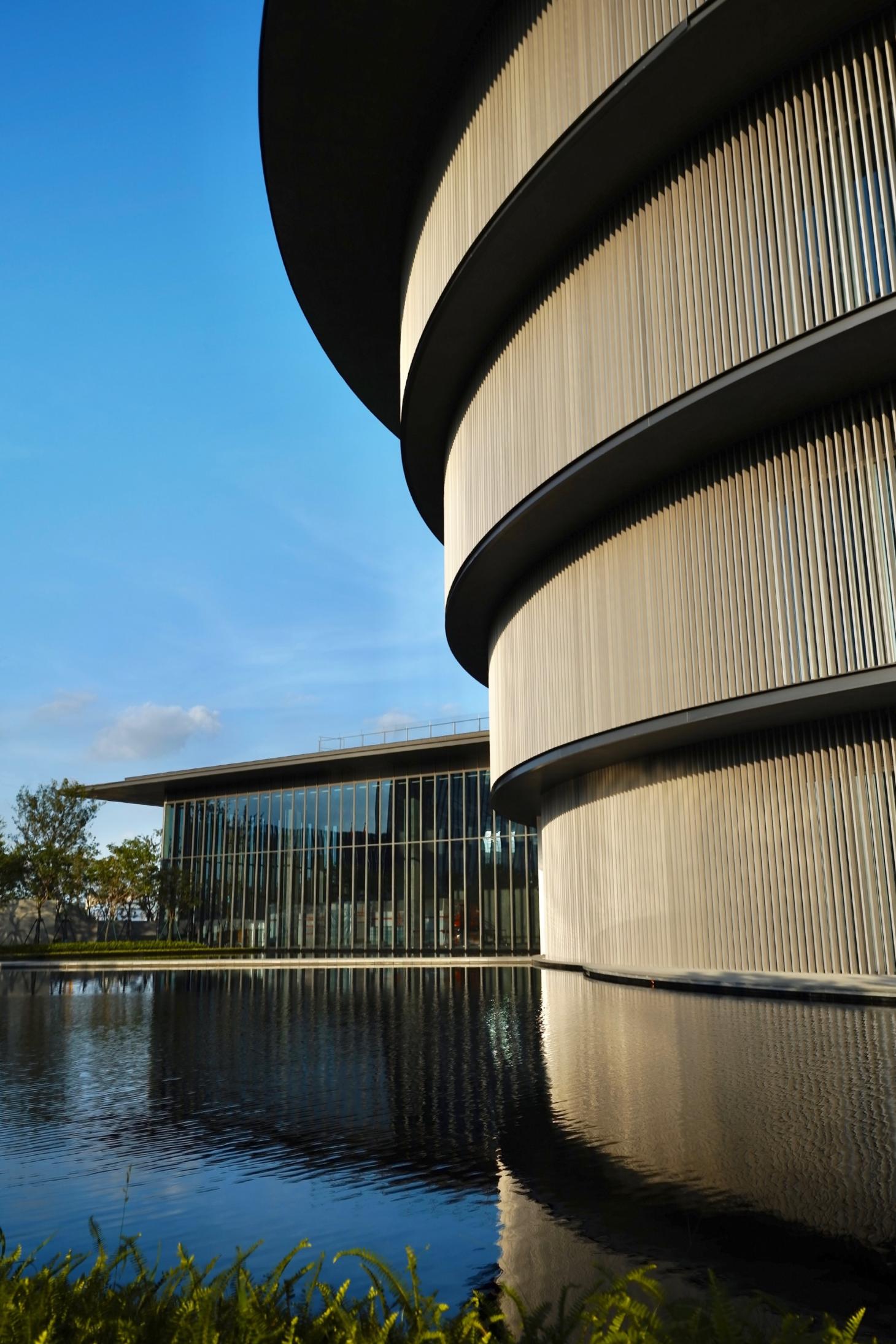
The entrance to the 16,000 sq m spiral-shaped pavilion situated adjacent to Infore’s headquarters and plaza in the central business district, is by a path that crosses the pond encircling the museum. Inside, a monumental central skywell and floor to ceiling windows with aluminium alloy louvers flood the interiors with daylight. An imposing double-helix pair of staircases in Ando’s signature smooth silvery-grey concrete create a dramatic Guggenheimesque feel emphasized by the slightly cantilevered ascending four-storeys. There is a square ground floor gallery, bookstore and café, and circular exhibition spaces above.
According to HEM Director Shao Shu (previously a curator at Shanghai’s Long Museum), the curvilinear interiors deliberately step away from the contemporary Western ‘white box' style gallery and embrace Chinese culture: ‘In the circular architectural form, it sets out a new form of art space, embedding the culture of the museum with more individuality. At HEM, the space has seamlessly integrated with the experience of art.'
The inaugural exhibition ‘From the Mundane World', by eminent art curator and critic Feng Boyi, perceptively highlights Shunde’s famed cuisine with a metaphorical canteen. However, the star of the show is a site-specific permanent stainless steel tree sculpture by American artist Roxy Paine, a piece titled Ballast from his Dendroids series. Its location in the Crescent Garden was cleverly planned in collaboration with Ando to link the unusual architecture and surrounding outdoors.
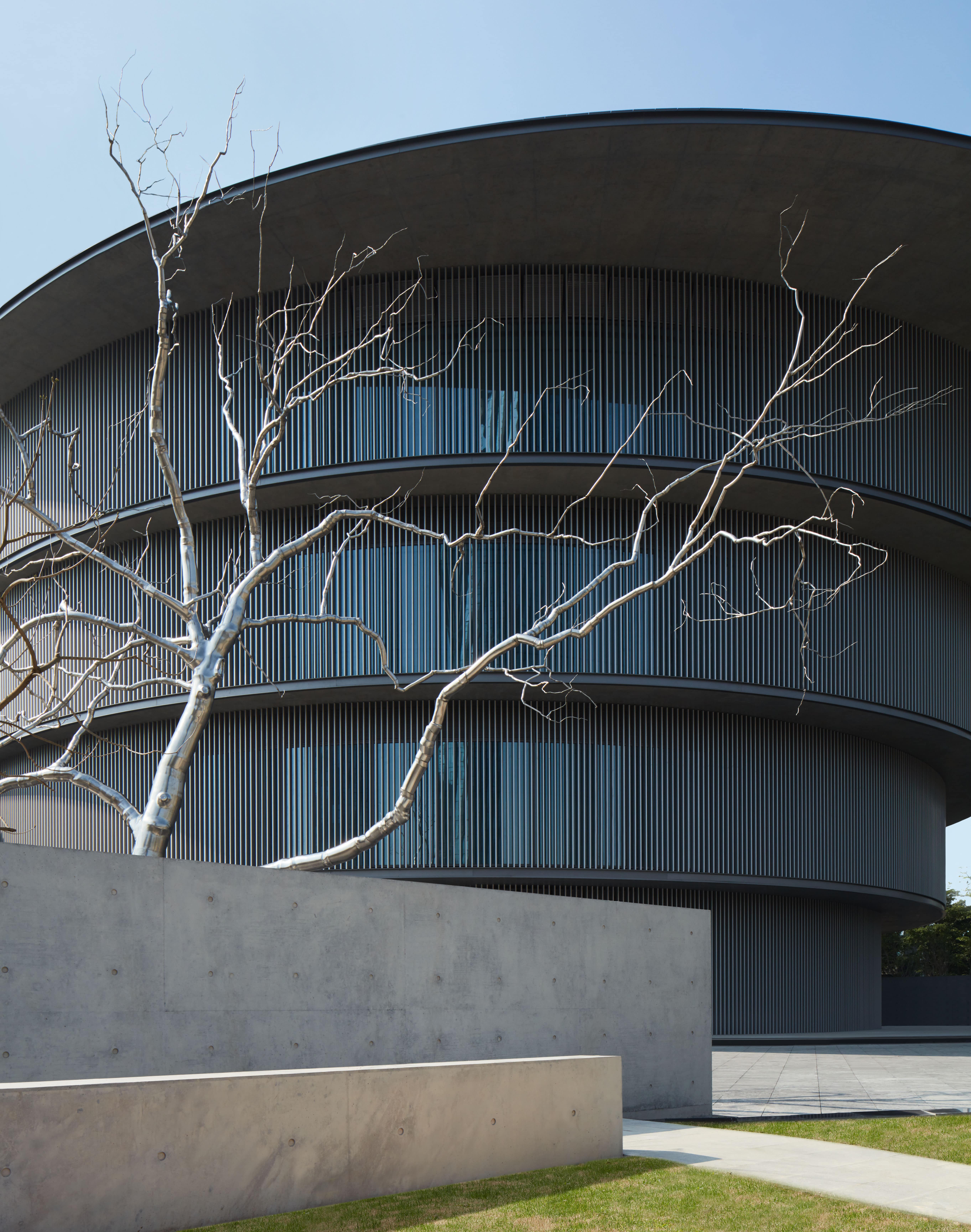
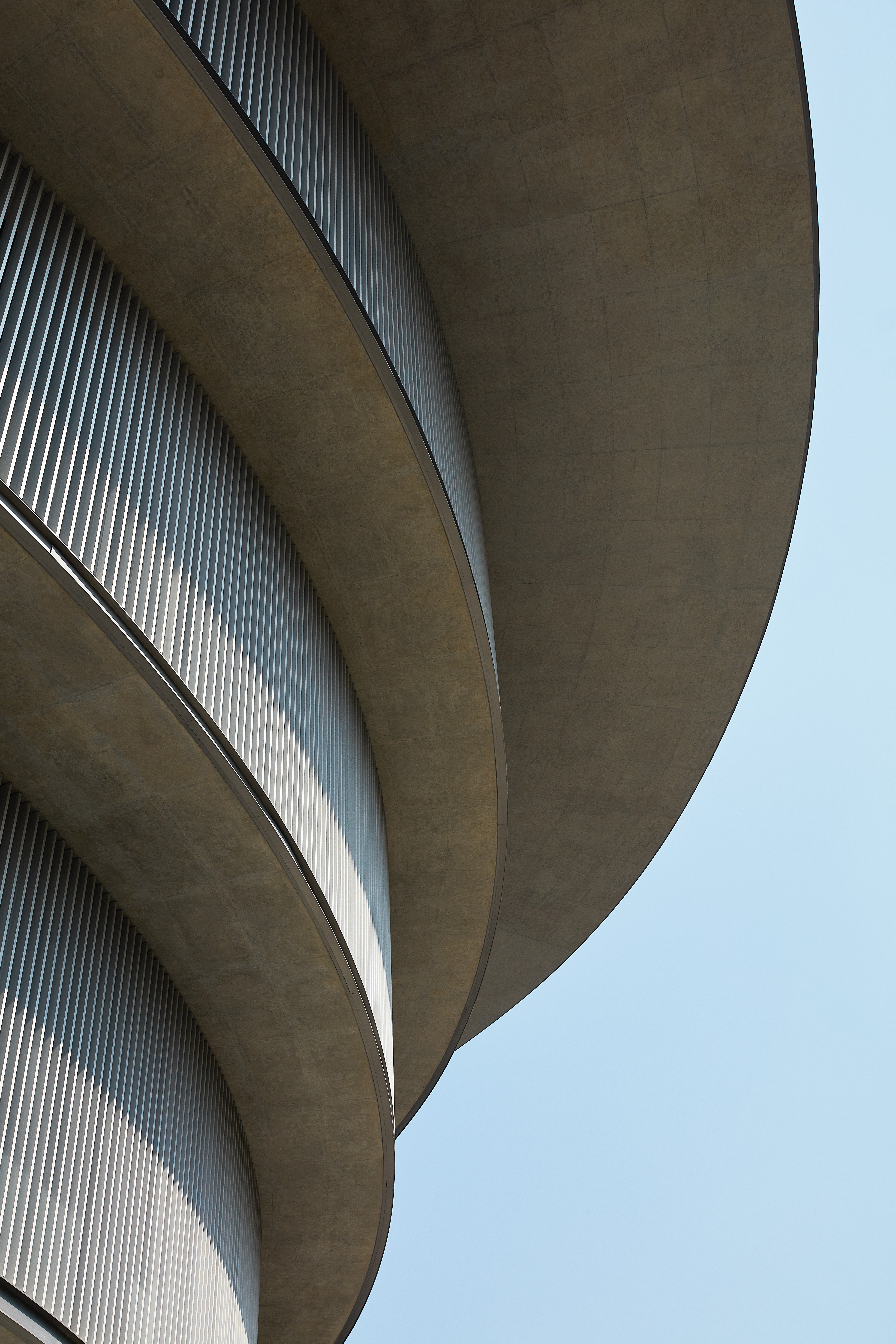
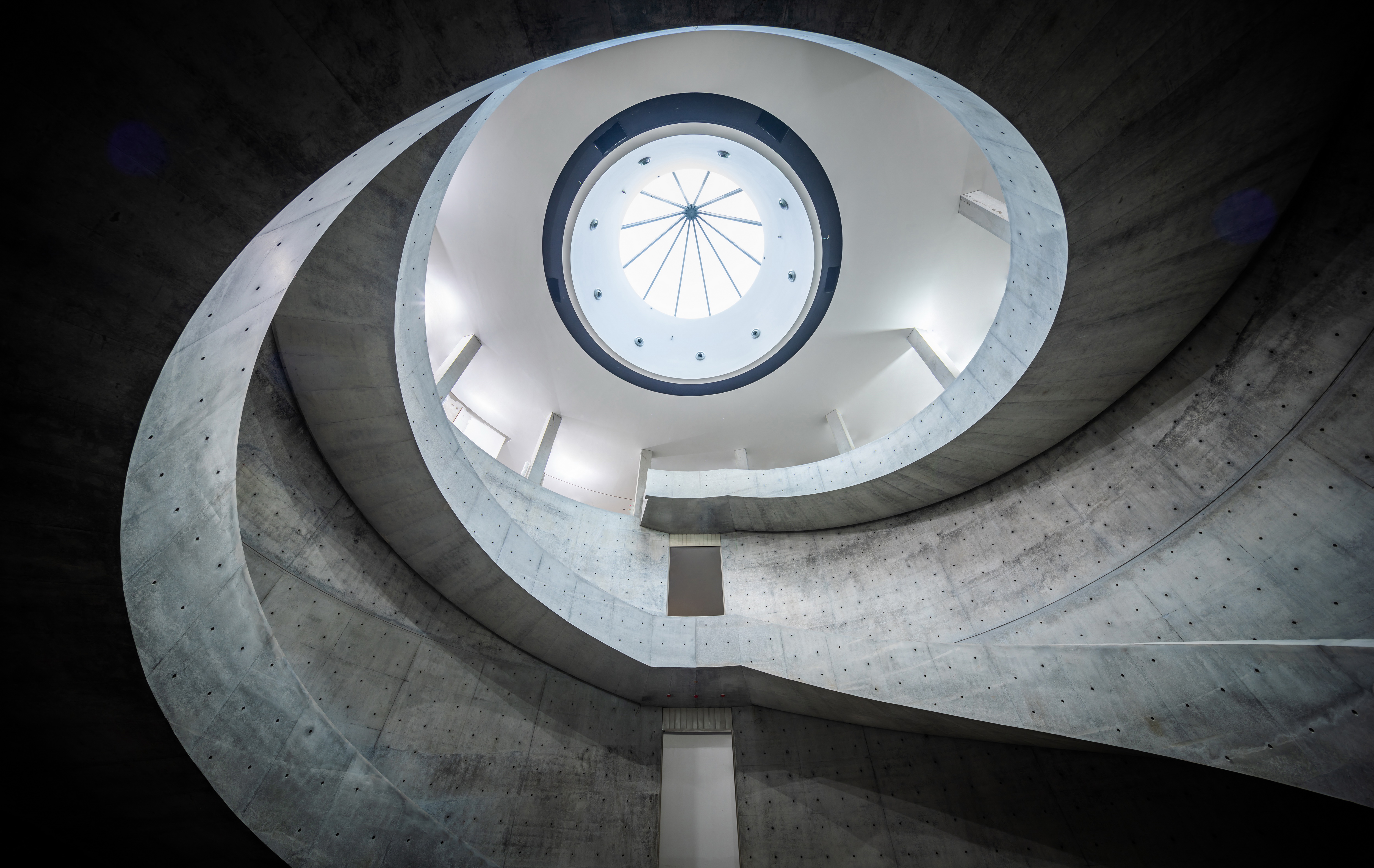
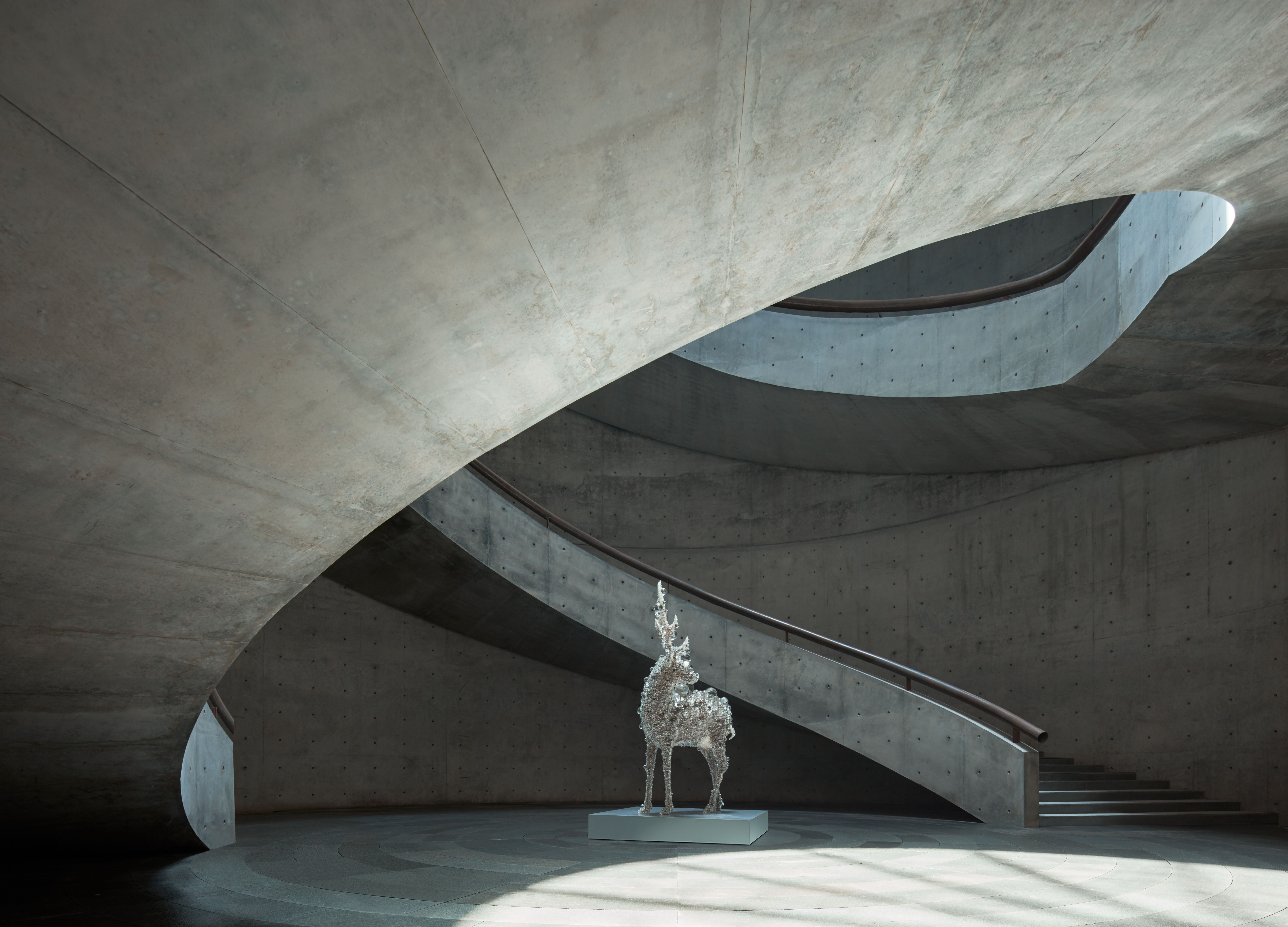
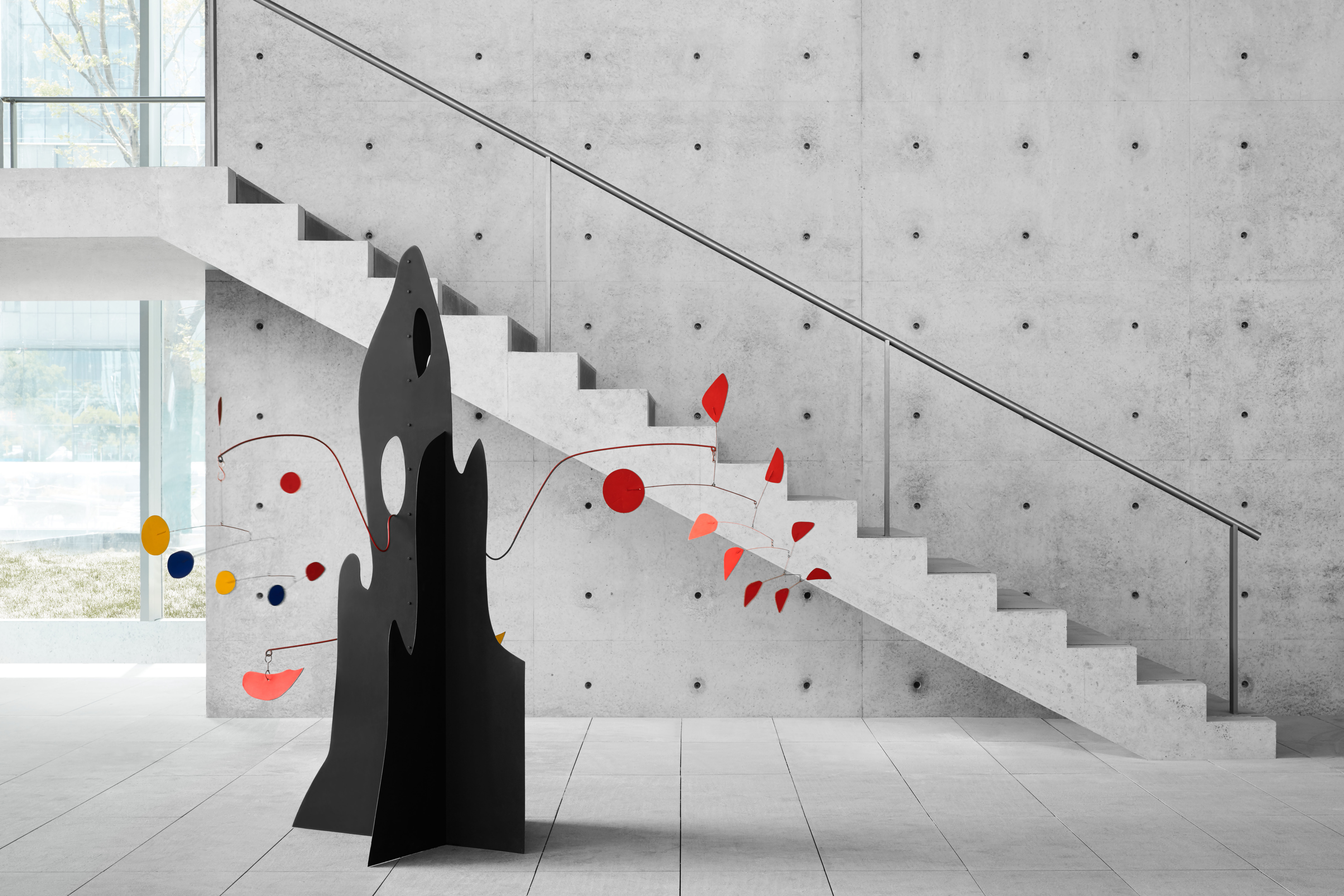
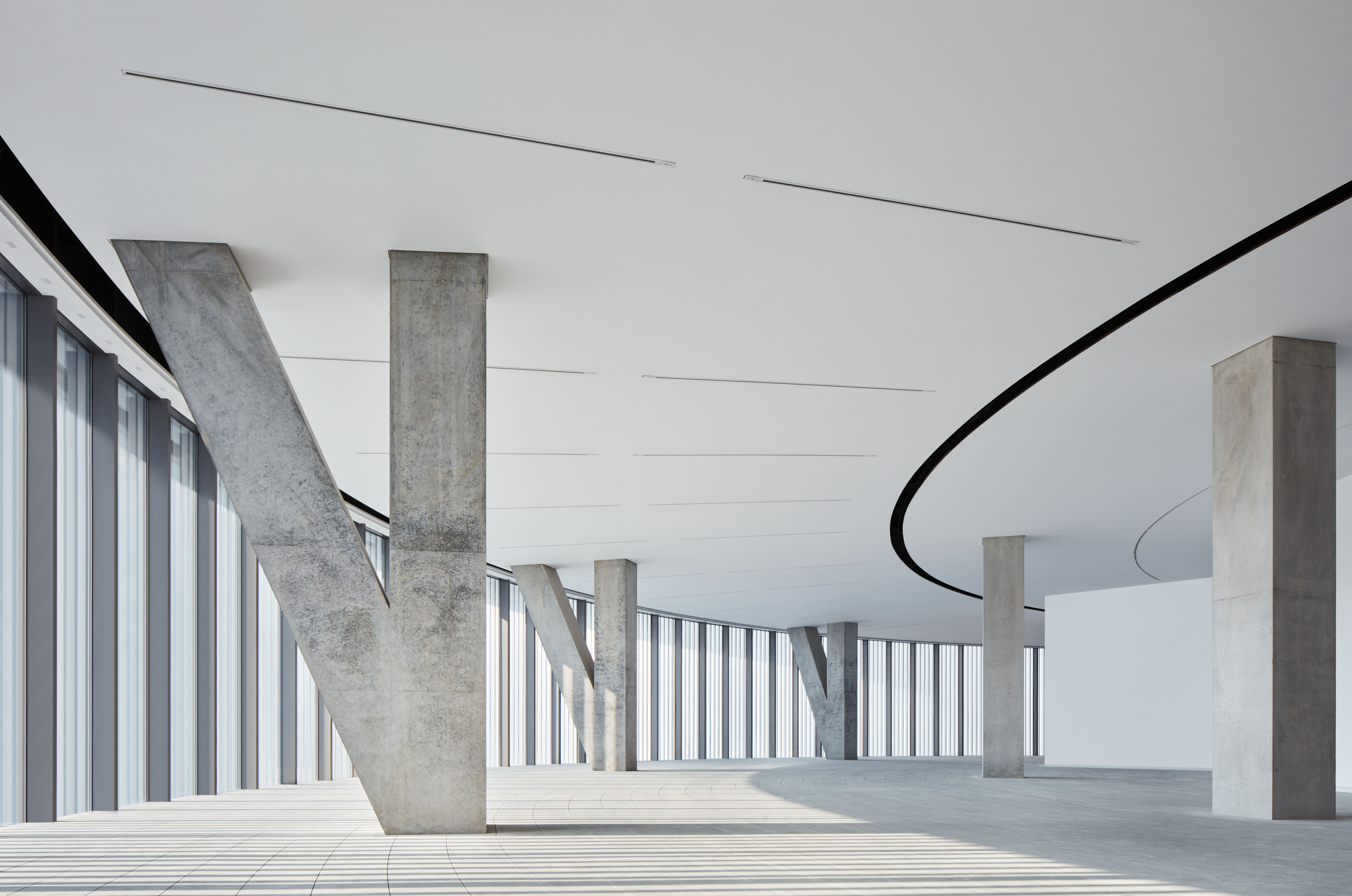
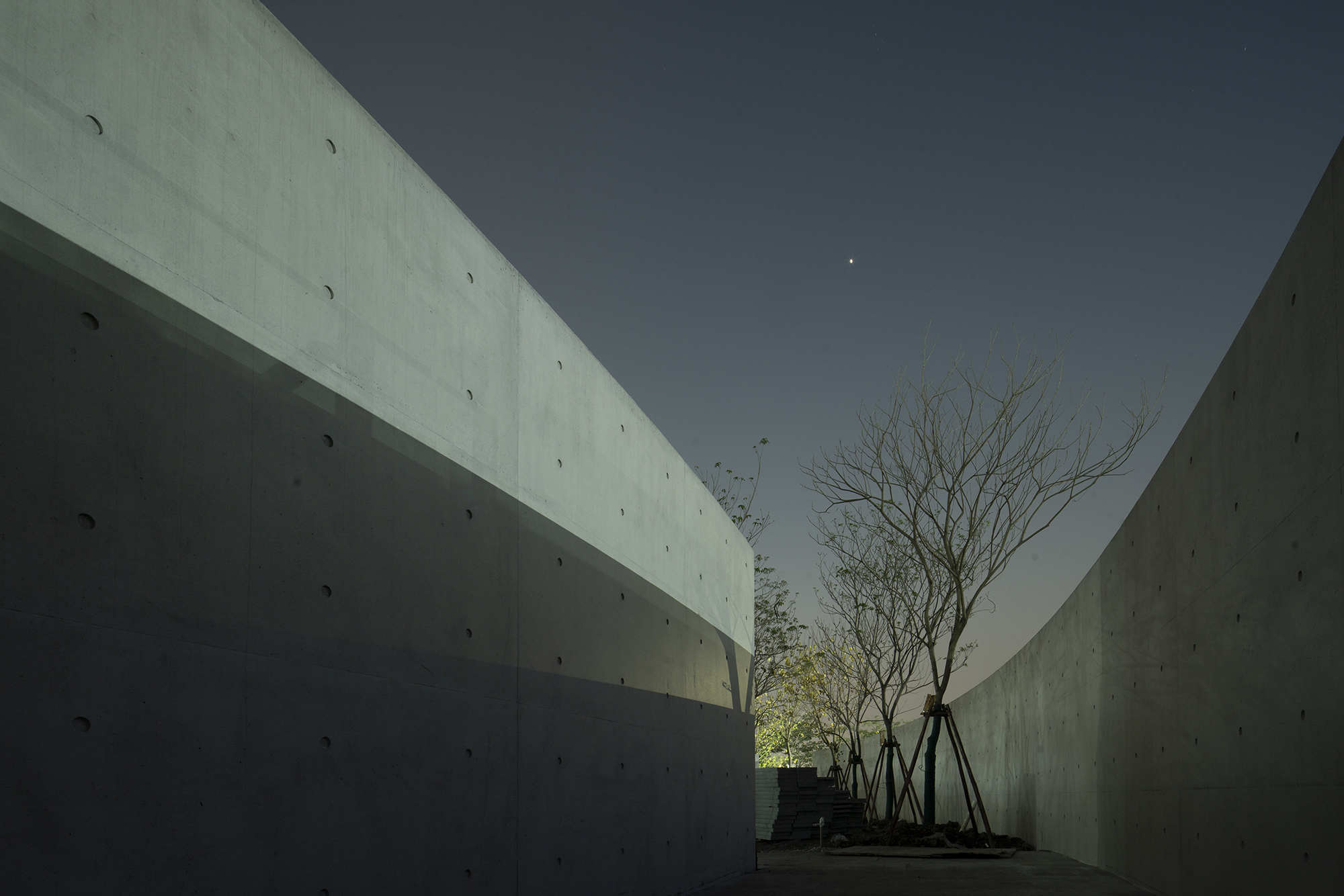
INFORMATION
Receive our daily digest of inspiration, escapism and design stories from around the world direct to your inbox.
Catherine Shaw is a writer, editor and consultant specialising in architecture and design. She has written and contributed to over ten books, including award-winning monographs on art collector and designer Alan Chan, and on architect William Lim's Asian design philosophy. She has also authored books on architect André Fu, on Turkish interior designer Zeynep Fadıllıoğlu, and on Beijing-based OPEN Architecture's most significant cultural projects across China.
-
 Art and culture editor Hannah Silver's top ten interviews of 2025
Art and culture editor Hannah Silver's top ten interviews of 2025Glitching, coding and painting: 2025 has been a bumper year for art and culture. Here, Art and culture editor Hannah Silver selects her favourite moments
-
 In Norway, remoteness becomes the new luxury
In Norway, remoteness becomes the new luxuryAcross islands and fjords, a new wave of design-led hideaways is elevating remoteness into a refined, elemental form of luxury
-
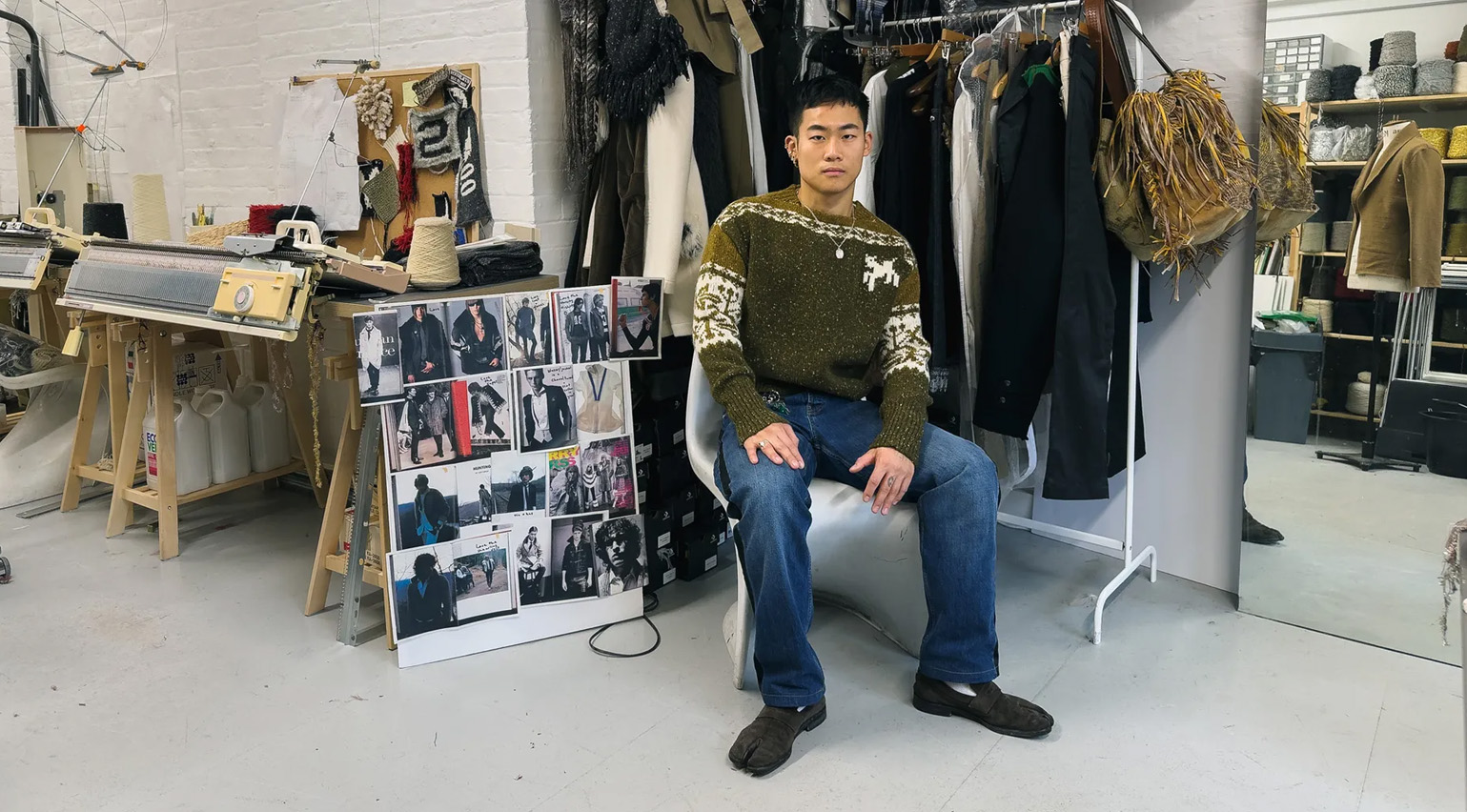 The rising style stars of 2026: Oscar Ouyang is taking knitwear into new realms
The rising style stars of 2026: Oscar Ouyang is taking knitwear into new realmsAs part of the January 2026 Next Generation issue of Wallpaper*, we meet fashion’s next generation. Born in Beijing, Central Saint Martins graduate Oscar Ouyang is inspired by anime, medieval folklore and his friends’ wardrobes
-
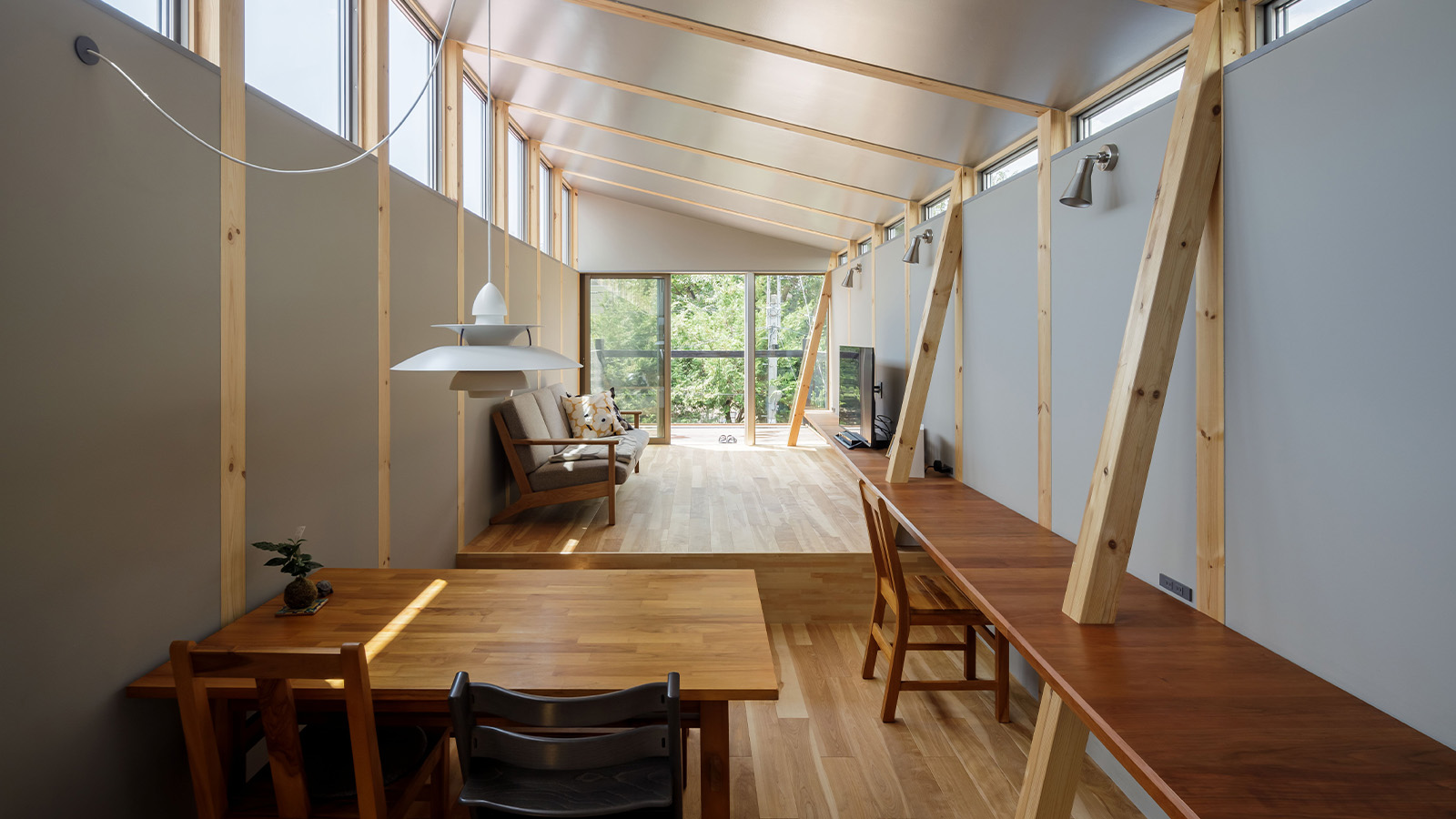 This Fukasawa house is a contemporary take on the traditional wooden architecture of Japan
This Fukasawa house is a contemporary take on the traditional wooden architecture of JapanDesigned by MIDW, a house nestled in the south-west Tokyo district features contrasting spaces united by the calming rhythm of structural timber beams
-
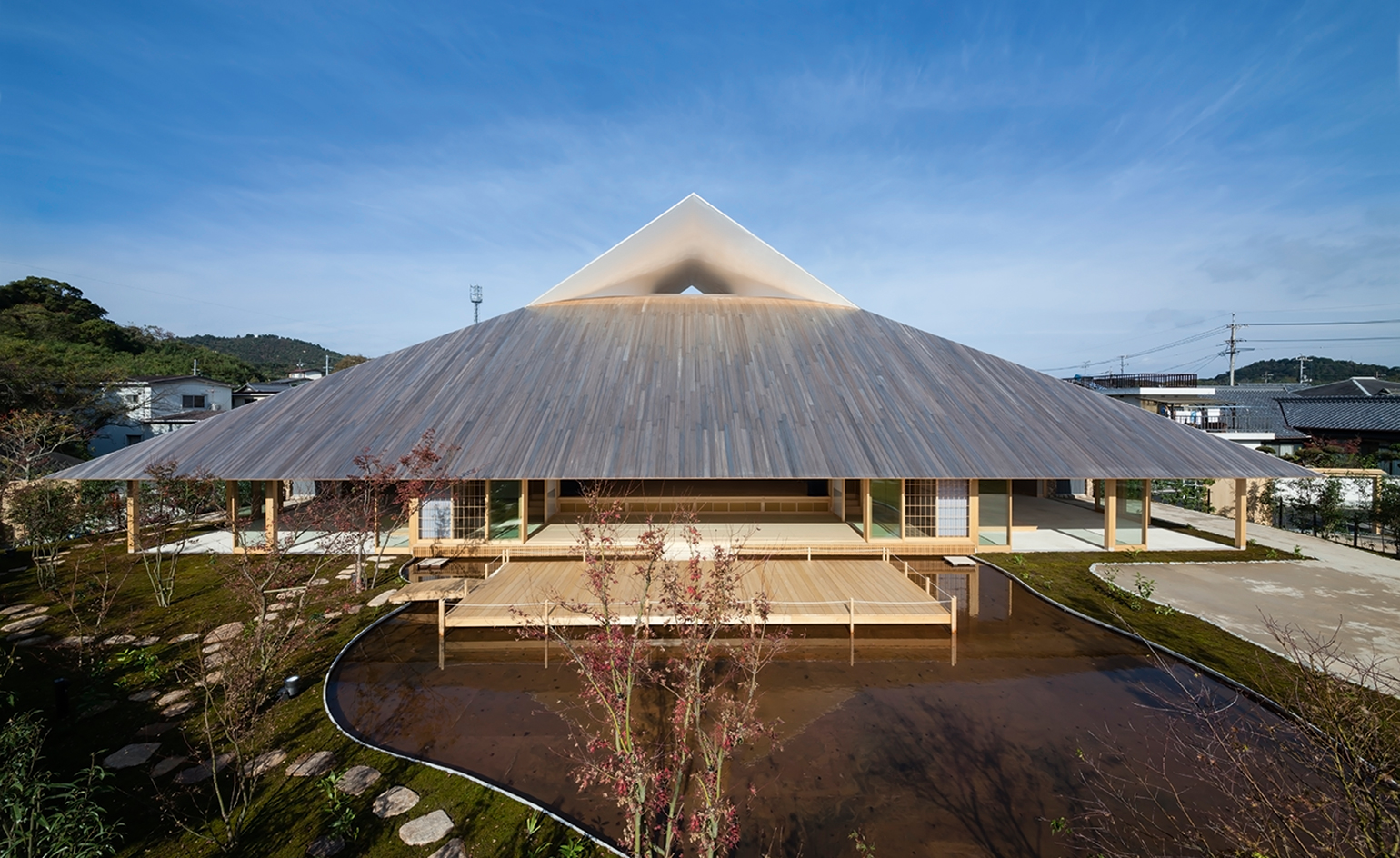 Take a tour of the 'architectural kingdom' of Japan
Take a tour of the 'architectural kingdom' of JapanJapan's Seto Inland Sea offers some of the finest architecture in the country – we tour its rich selection of contemporary buildings by some of the industry's biggest names
-
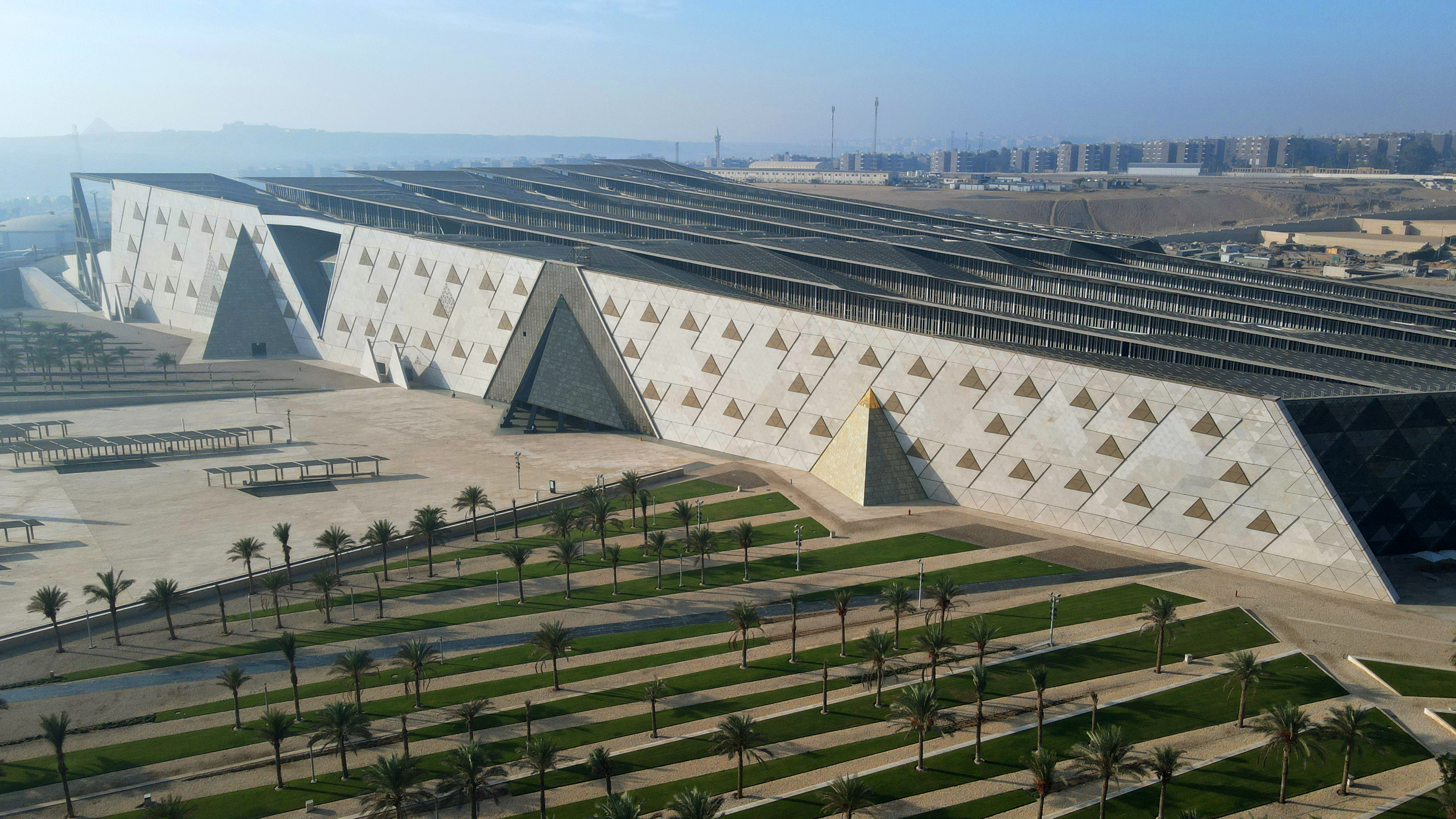 The Grand Egyptian Museum – a monumental tribute to one of humanity’s most captivating civilisations – is now complete
The Grand Egyptian Museum – a monumental tribute to one of humanity’s most captivating civilisations – is now completeDesigned by Heneghan Peng Architects, the museum stands as an architectural link between past and present on the timeless sands of Giza
-
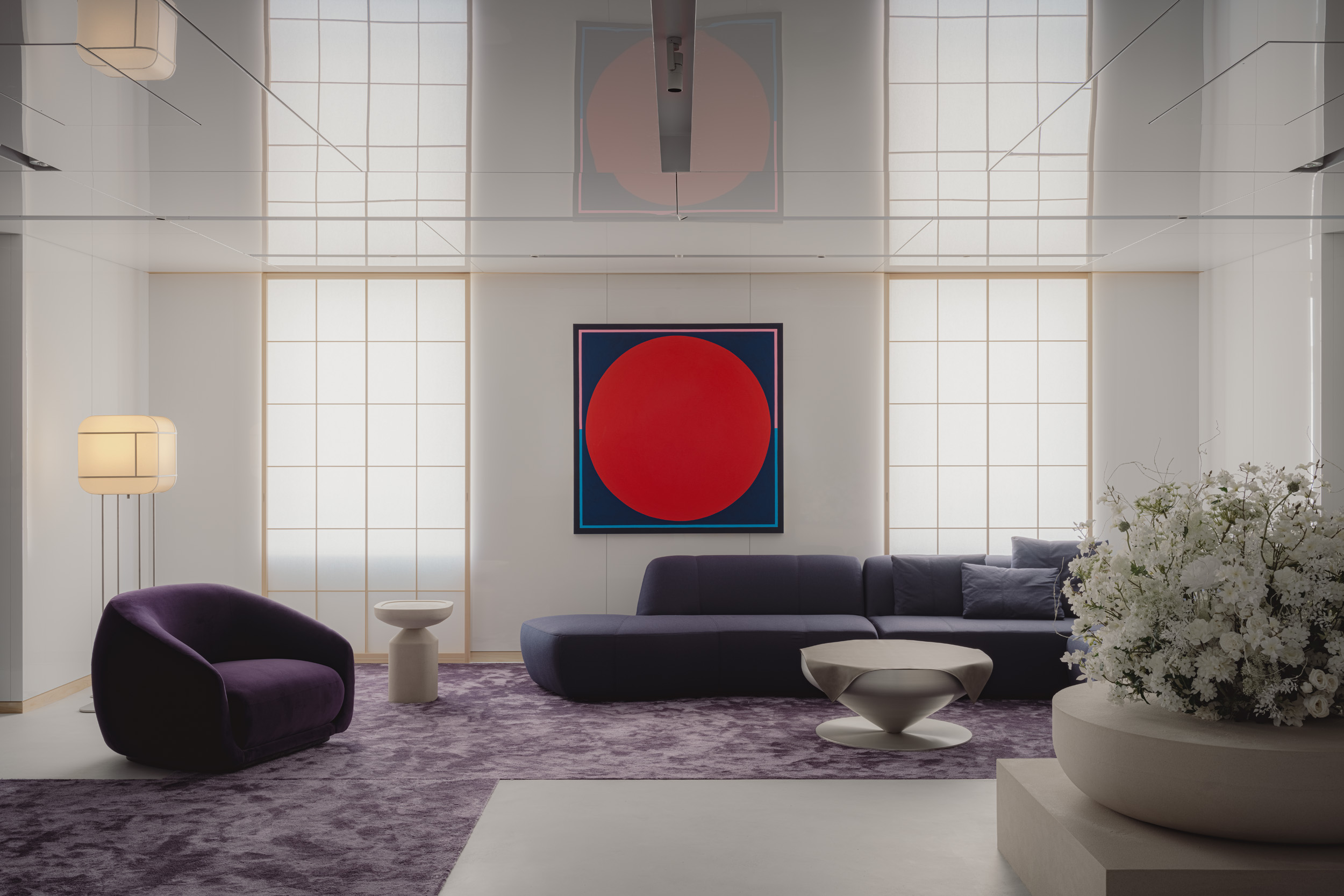 Matsuya Ginza lounge is a glossy haven at Tokyo’s century-old department store
Matsuya Ginza lounge is a glossy haven at Tokyo’s century-old department storeA new VIP lounge inside Tokyo’s Matsuya Ginza department store, designed by I-IN, balances modernity and elegance
-
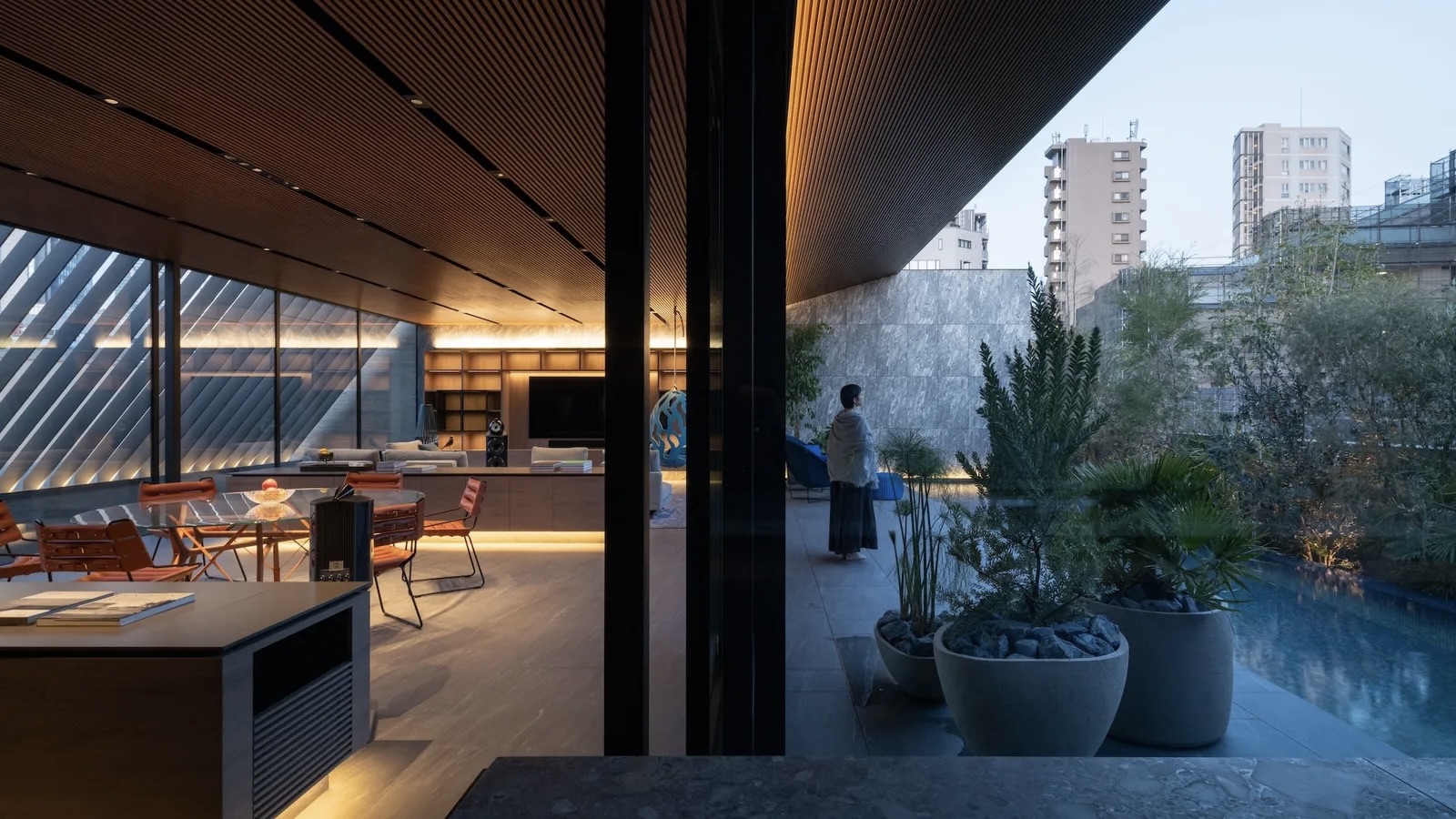 The Architecture Edit: Wallpaper’s houses of the month
The Architecture Edit: Wallpaper’s houses of the monthThis September, Wallpaper highlighted a striking mix of architecture – from iconic modernist homes newly up for sale to the dramatic transformation of a crumbling Scottish cottage. These are the projects that caught our eye
-
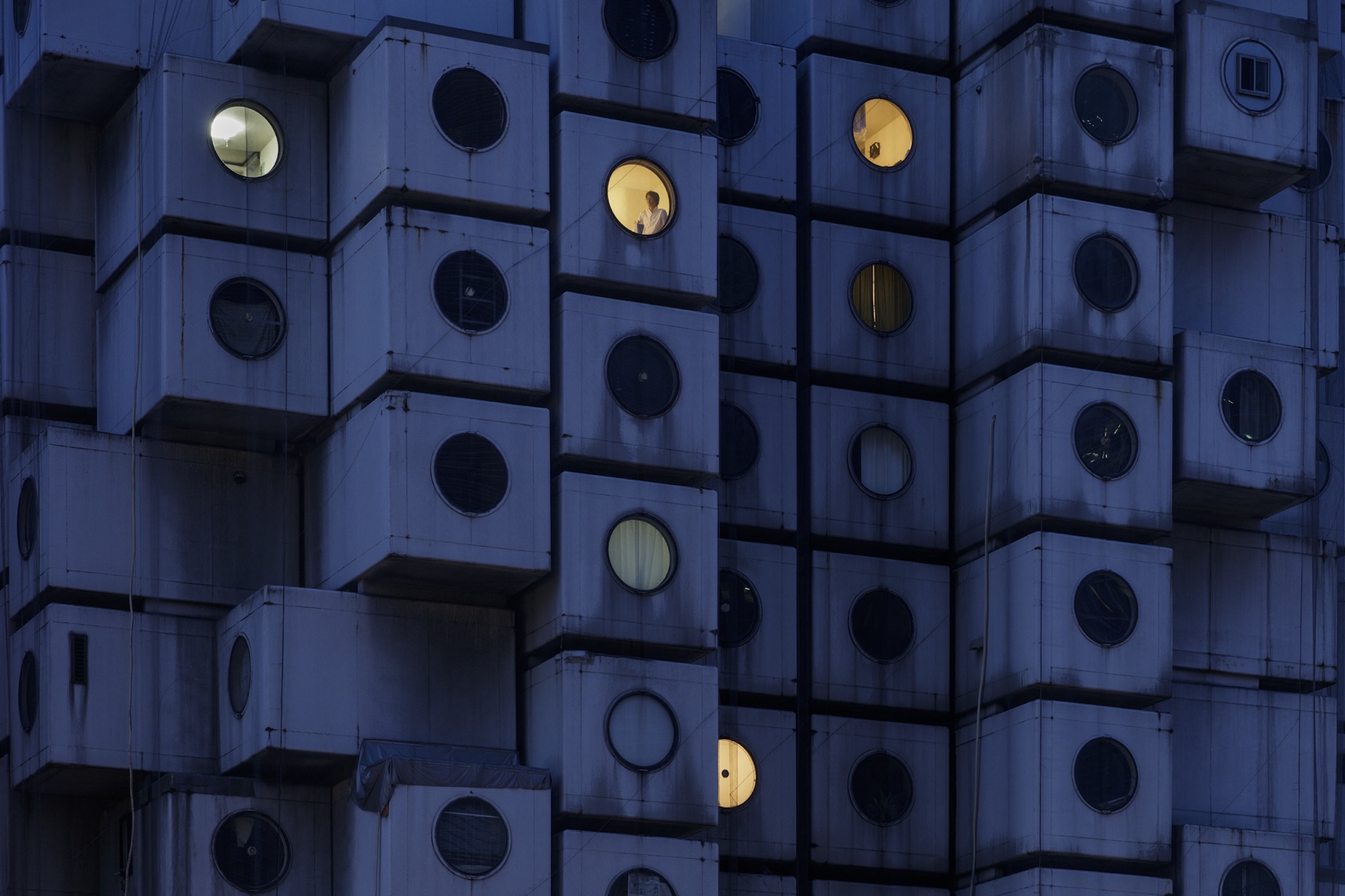 Utopian, modular, futuristic: was Japanese Metabolism architecture's raddest movement?
Utopian, modular, futuristic: was Japanese Metabolism architecture's raddest movement?We take a deep dive into Japanese Metabolism, the pioneering and relatively short-lived 20th-century architecture movement with a worldwide impact; explore our ultimate guide
-
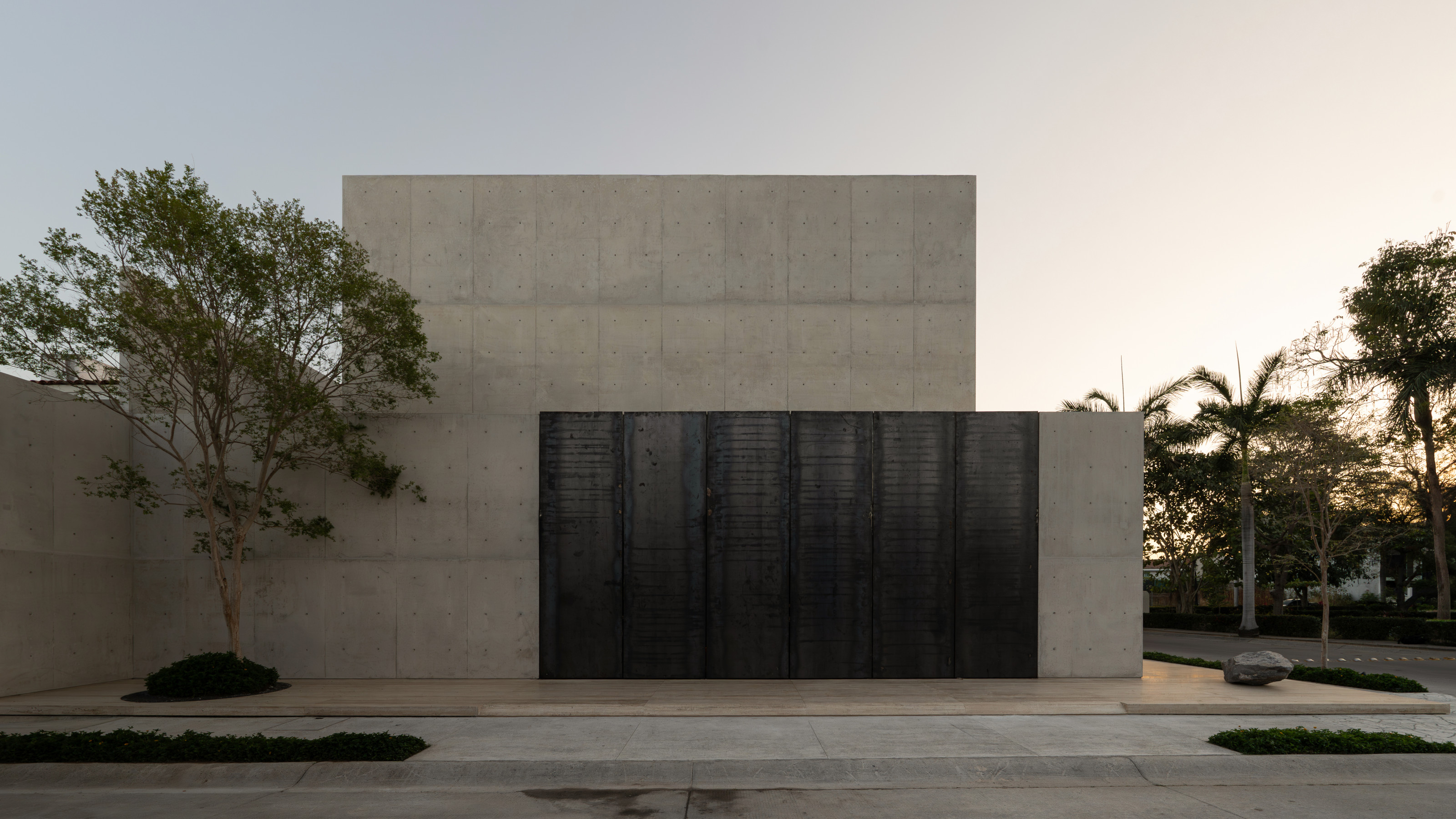 A beautifully crafted concrete family house in a Mexican suburb is a contemplative oasis
A beautifully crafted concrete family house in a Mexican suburb is a contemplative oasisHW Studio have shaped a private house from raw concrete, eschewing Brutalist forms in favour of soft light, enclosed spaces and delicate geometries
-
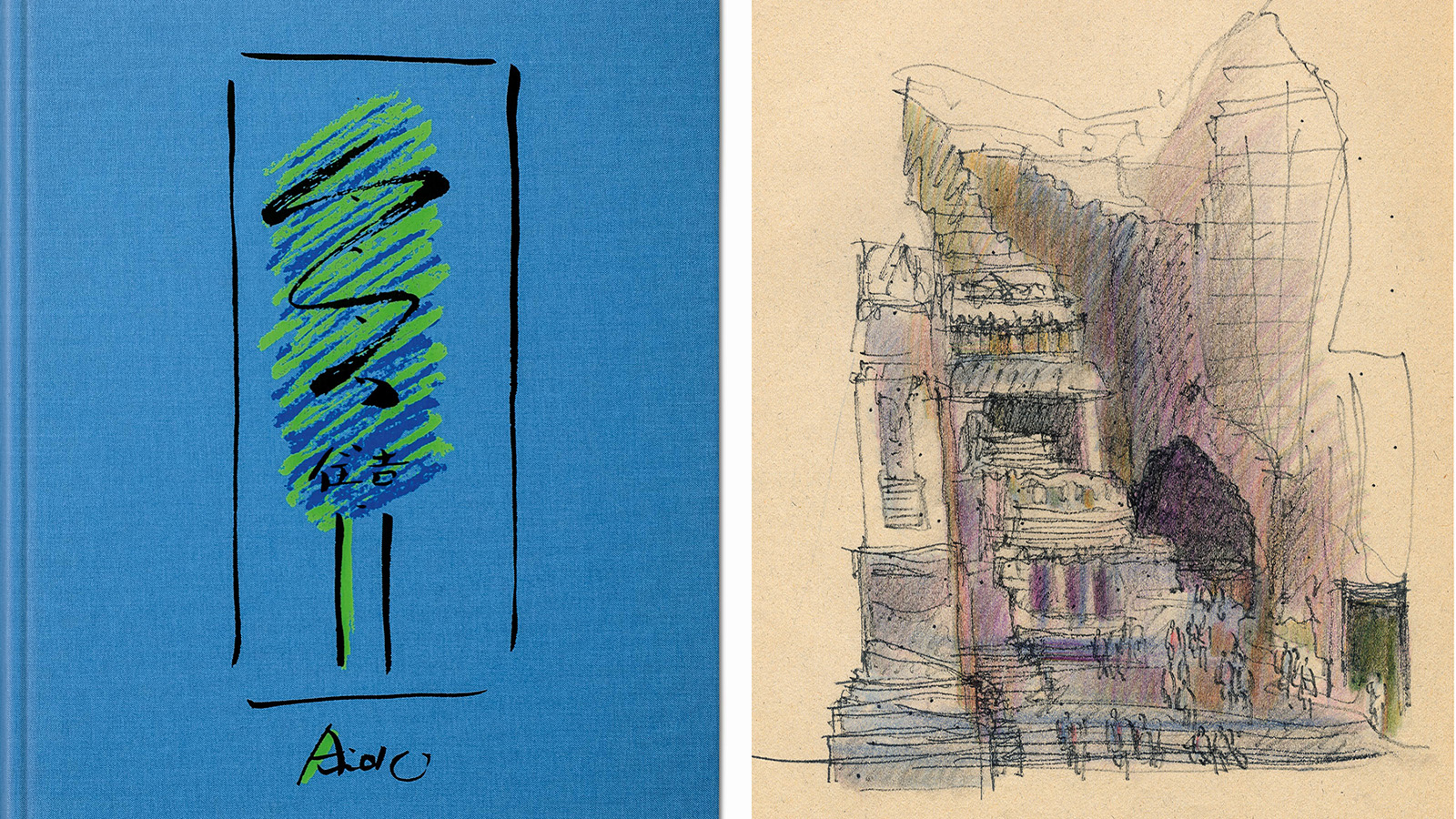 A new Tadao Ando monograph unveils the creative process guiding the architect's practice
A new Tadao Ando monograph unveils the creative process guiding the architect's practiceNew monograph ‘Tadao Ando. Sketches, Drawings, and Architecture’ by Taschen charts decades of creative work by the Japanese modernist master